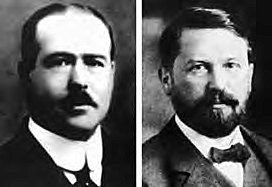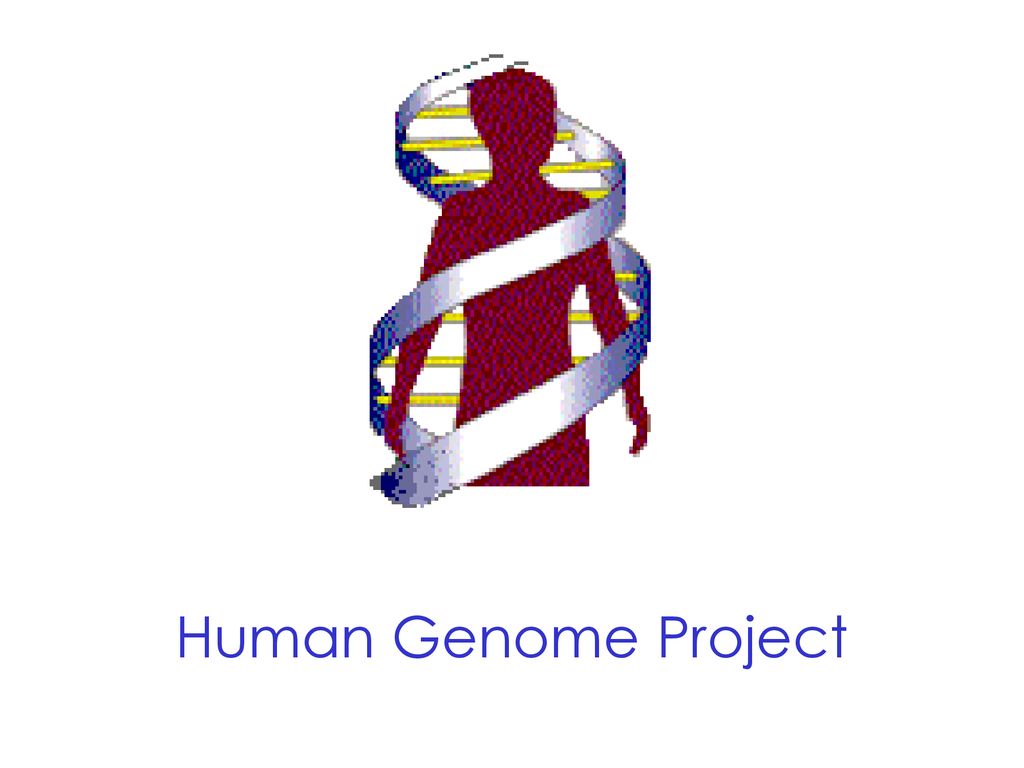
DNA an Genetics History Timeline
By: Michael Kalu
1859

Charles Darwin
Charles Darwin's main contribution was the collection of a large amount of genetic data, and an attempt to provide a theoretical framework for its interpretation.
1866

Gregor Mendel
Gregor Mendel published work on hereditary traits in peas. He notes that certain traits are passed from parent to offspring. Later these factors were called genes.
1869

Friedrich Miescher
Friedrich Miescher discovers an acidic substance in a cell's nuclei. This substance, first called nuclein, is now identified as DNA.
1882

Walther Flemming
Walther Flemming discovers a substance he calls chromatin. He notices that, during cell division, this substance separates into threadlike strings, which become known as chromosomes.
1902

Boveri and Sutton
Mendel’s research is rediscovered by botanists Theodor Boveri and Walter Sutton in 1900. Then they independently notice the link between Mendel’s “units of inheritance” and chromosomes. They conclude that hereditary information is contained within chromosomes.
1910

Thomas Hunt Morgan
Thomas Hunt Morgan is the first to discover a sex-linked trait while studying the fruit fly Drosophila. The trait for eye color, on the X chromosome, is also the first gene to be traced to a specific chromosome.
1944

Avery, MacLeod and McCarty
Oswald Avery, Colin MacLeod, and Maclyn McCarty revisit work from the 1920s and prove that, in bacteria, DNA is the hereditary material and not protein as was previously suspected in 1951.
1950

Erwin Chargaff
in 1950, Erwin Chargaff discovers regularity in proportions of DNA bases for different species. In all organisms he studies, the amount of adenine (A) approximately equals that of thymine (T), and guanine (G) equals cytosine (C).
1953

Crick and Watson
James Watson and Francis Crick, with contributions from Rosalind Franklin and Maurice Wilkins, discover the double helix structure of DNA.
1990

The Human Genome Project
The international Human Genome Project begins, with the goal of sequencing the entire human genetic code. Gene therapy is used successfully for the first time, to treat a four-year-old girl with the rare hereditary immune disorder adenosine deaminase deficiency.
2003

The Human Genome Project Completed
Human Genome Project is completed and confirms humans have approximately 20,000–25,000 genes. The human genome is sequenced to 99.99 percent accuracy, 2 years ahead of schedule.
Similar Timelines to Explore
Expolore similar timelines on Timepath and dive deeper into the subject of DNA an Genetics History Timeline. Your journey through connected events and stories starts here. Missed something? We would love to hear your suggestions for additional timelines.